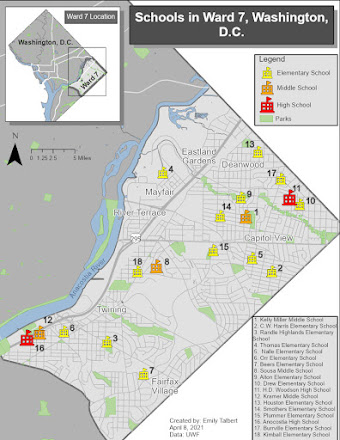Isarithmic mapping

In this module, I learned about isarithmic and flow line mapping. We were assigned to create an isarithmic map with contours. The subject of the map is the annual precipitation in inches in Washington state. This map was created in ArcGIS Pro. I created this map using data acquired from the USDA and created by PRISM. I adjusted the symbology of the raster file to use precipitation colors (dark blue to dark orange). This map includes 10 manually adjusted breaks, which can be seen in the legend. I then created contour lines that follow the same value breaks. I created a hillshade for this raster using the hillshade tool. I selected the DRA (Dynamic Range Adjustment) tool to adjust the hillshade to the local area. From here the raster layers were ready for a map layout, which I have included below.


